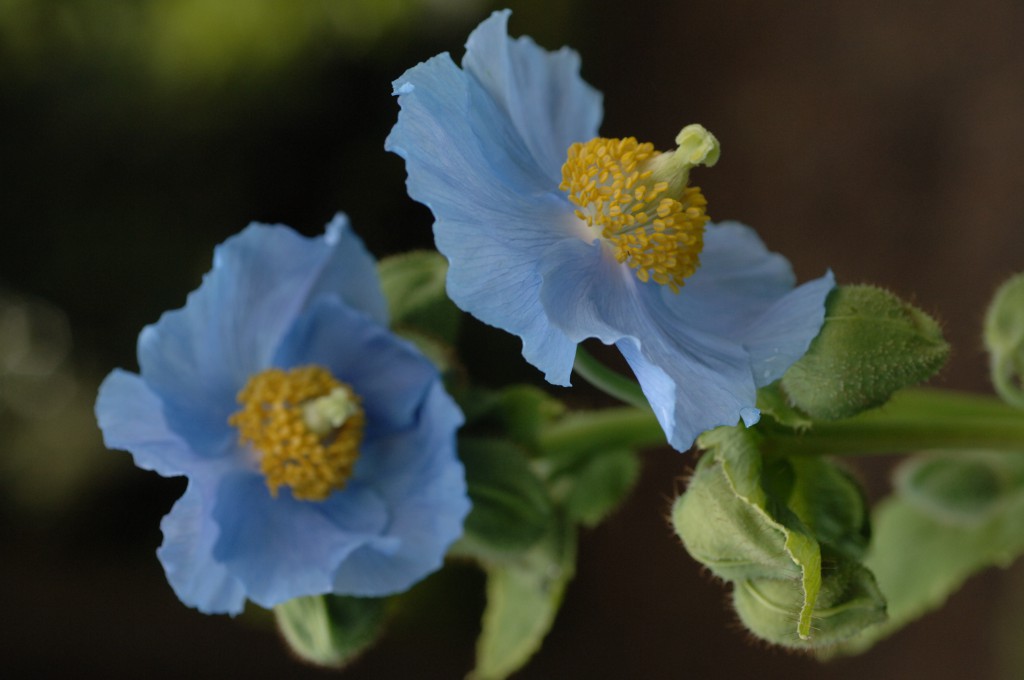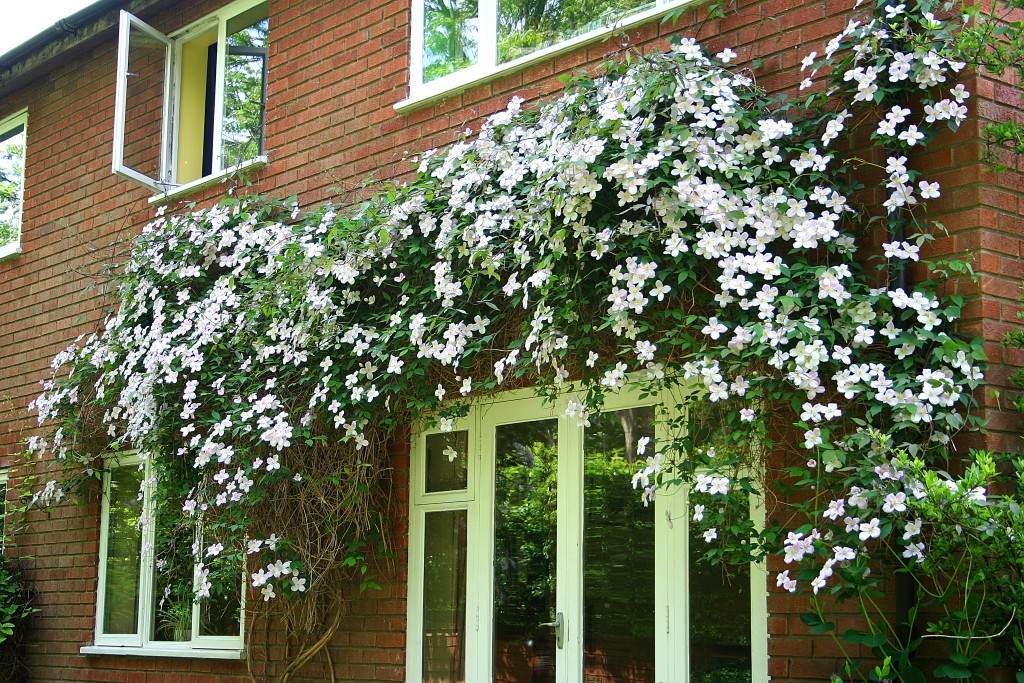SOME of Scotland’s best-loved flowers are facing extinction as a result of global warming, scientists have warned.
Research by students at the Royal Botanic Garden Edinburgh predicts species such as clematis could be “noticeably worse off” in 50 years’ time.
Others, including the popular rhododendron, could flourish and even presently chilly Shetland could become the preferred habitat of some species of flower.
There’s particularly bad news for Edinburgh in the research as the Himalayan Blue Poppy, part of the city’s floral emblem, is predicted to wilt under the newly-fierce Scottish sun.

The research, titled ‘Forward planning for Scottish gardens in the face of climate change’, focused on four plants commonly found in backyards across Scotland.
Researchers Chris Smart and Dr Alan Elliott used the “worst-case scenario” climate models for 2070 which predict Scotland will be hotter and drier all year round.
The most alarming outcome was for the future of the Himalayan Blue Poppy, a beautiful flowering plant.
The paper states that the suitable climatic conditions for the poppy are predicted to “reduce significantly”, with only the far north-east and parts of Shetland expected to remain in its climatic comfort zone.
There is already evidence for failure of the poppy during hot, dry summers in Fife, where additional watering has very little effect on the survival of the plants.
Another species expected to suffer in the wake of climate change is the clematis montana – a flowering plant commonly used by gardeners to cover unsightly structures such as sheds and walls.
Despite the current Scottish climate being largely unfavourable, the plant thrives and is known for its widespread use and reliability.

However, the prediction for 2070 is that the clematis could end up “noticeably worse off” as the country becomes increasingly warmer and drier.
The skimmia japonica, a native Japanese plant which boasts shiny red berries, currently flourishes in the east of Scotland.
But by 2070 this could dramatically change, as it is predicted the plant will begin to prosper in places including Shetland and Aberdeenshire.
Despite the bleak outlook, some plants can expect to thrive in 50 years time.
The common rhododendron luteum, which produces fragrant yellow flowers during the summer, has the potential to become a “highly invasive species”, according to the research.
In future years, most parts of Scotland are expected to still fall within the comfort zone of the species, allowing it to continue to prosper.
Dr Alan Elliott, who assisted with the research, warned that the changes could be even more severe than their original predictions.
He said: “The climate model we used was for the ‘worst case scenario’ that was available at the time.
“However, that ‘worst case scenario’ is now out of date, and is more like the ‘best case scenario’ in terms of climate change.
“This means that the changes could be even more drastic. Some of the species are already heading to the cusp of their tolerance – things are changing and we are not sure exactly how it will play out.
“It can work both ways, some plants will prosper and others will struggle.
“However, gardeners are very adept at coming up with horticultural techniques which enable them to create a microclimate in their garden, so there is the chance that some of the species will still be able to be grown.”
David Knott, curator of living collections at the Botanics, said: “The research confirms what people have been suspecting for some time.
“There is no quick fix for this and it’s always good to have scientific data to back up what we thought might happen.
“These subtle changes will continue, but gardeners are renowned for utilising microclimates within individual gardens.
“In terms of climate change, I wouldn’t want anyone to think of this as the biggest issue. It’s not the end of the world if we lose a few plants when there are floods and people are starving.
“But I wouldn’t expect these plants to die out altogether – there are ways of helping them grow.”
